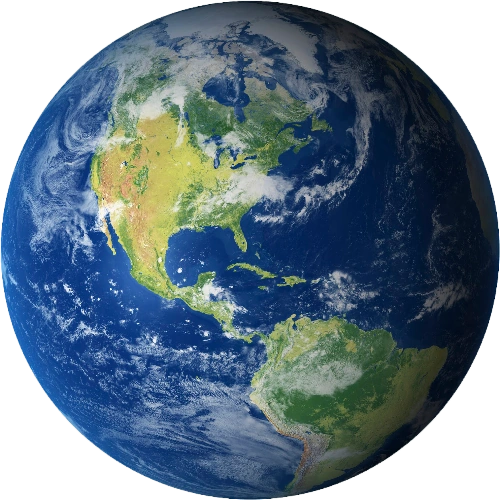No edit summary Tags: Visual edit apiedit |
(https://en.wikipedia.org/wiki/Population_of_Canada#Canada_as_a_whole_since_confederation) Tag: rte-source |
||
| Line 20: | Line 20: | ||
|hos2_title = Prime Minister |
|hos2_title = Prime Minister |
||
|hos2_name = Louis St. Laurent |
|hos2_name = Louis St. Laurent |
||
| − | |population = |
+ | |population = 14,459,432 |
|est_date = 1867 |
|est_date = 1867 |
||
|ind_from = United Kingdom |
|ind_from = United Kingdom |
||
Revision as of 23:55, 7 February 2016
| |||||
| Anthem: | O' Canada | ||||
| Capital: | Ottawa | ||||
| Largest city: | Toronto | ||||
| Religion: | Mixed | ||||
| Demonym: | Canadian | ||||
| Type of government: | Parliamentary Constitutional Monarchy | ||||
| government: | House of Commons | ||||
| Monarch: | Queen Elizabeth II | ||||
| Prime Minister: | Louis St. Laurent | ||||
| Population: | 14,459,432 | ||||
| Established: | 1867 | ||||
| Independence: | from United Kingdom | ||||
| declared: | 1 July 1867 | ||||
| Currency: | Canadian Dollar | ||||
| Internet TLD: | N/A | ||||
Canada is a federation consisting of 8 provinces and 2 territories. It is considered to be a great power in the Ravaged World- The Hitlerian Hell timeline. It is a member of the Pro-Democracy allies, and one of the founding supporters of the United Nations, which is still a global work in progress. Considered to be a diplomatic nation under Louis St. Laurent and his liberal party, it has not been involved in any wars since the Second World War.
History
Canada was formed in 1867, gaining effective independence from the United Kingdom. Prior to that, it was a British Colony known as the Dominion of Canada.
Canada's origins date back to the early years of the age of exploration, first being settled by French Colonists. During the war of American Independence and the formation of Brtish North America following the Treaty of Paris. The French legacy in present-day Canadian territory remains strong, with Quebec being considered one of the three major provinces of Canada, along with Ontario and Manitoba.
Since Confederation in 1867 Canada has grown from it's original territories in the east, and controls every piece of land North of the 49th Parallel save for Alaska.
Canada fought in the First World War, which was won by it's faction, the allies. At that time, Canada was legally required to participate in the war under late British Colonialism. Canada also played a major role in the Second World War, liberating several territories in the Low Countries before the German Army pushed back allied forces.
Provinces
Armed Forces
The Canadian Armed Forces number 230,000 total, with 150,000 active duty members and 80,000 reservists. The Armed Forces consist of the following
Royal Canadian Army
Royal Canadian Navy
Royal Canadian Air Force
And other specialised units. The armed forces divisions answer to the Ministry of Defense as a central object.










